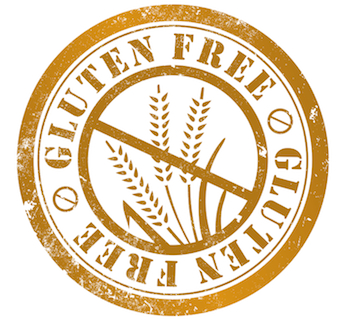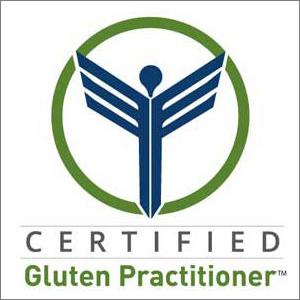 The long-awaited FDA food labeling rules – specific to gluten-free products – went into effect earlier this week!
The long-awaited FDA food labeling rules – specific to gluten-free products – went into effect earlier this week!
That’s right – as of August 5, 2014, any packaged food that claims to be gluten-free, must conform to these new regulations.
What does that mean to you?
On the one hand, it will probably make life a lot easier. (Especially as you navigate your grocery store).
On the other hand, it can also come with its own set of problems.
In a nutshell, here’s what you need to be aware of:
20 PPM – The New Guideline
Any packaged food that is labeled “gluten-free” must contain 20 ppm (parts per million) – or less – of gluten. In other words, a food can actually contain gluten and still be considered safe to consume.
In truth, this has always been the case.
What is different now, is that the FDA has placed a very stringent cap on the acceptable amount.
Why 20 PPM?
The 20 ppm guideline was settled on, because the available research, while limited, indicated that most people with Celiac Disease could tolerate gluten in very small amounts.
What If You Have Celiac Disease?
According to this research, a person with Celiac Disease could consume up to 10 mg daily of gluten – an amount that equals about 1/8 of a teaspoon.
Of course, you wouldn’t necessarily be eating that all in one sitting.
The general idea is that those 10 mg or so of gluten – which again, meet the new FDA regulations – would typically be spread out over twelve servings or so, of different foods.
All in one day.
What Isn’t Covered
Since the meat and poultry industries are overseen by the U.S. Department of Agriculture, they will not be covered by these new guidelines.
Restaurants are also exempt – at least for the time being.
In addition, medications, toiletries and cosmetics are not included.
While these new guidelines are certainly a step in the right direction, it’s also important to keep in mind that processed foods – while no doubt convenient – aren’t always the healthiest choice, regardless.
In other words, just because a product has a gluten-free label – that doesn’t mean it’s any better for you!
What do you think?
Based on past experience, do you find the new regulations helpful?
Now that you know a food labeled “gluten-free” could still contain gluten – does the new 20 ppm guideline surprise you?
Why, or why not?
Will you be limiting your intake of processed foods as a result – even though they’re labeled gluten-free?
What else might you be doing differently?
 Follow
Follow


Speak Your Mind